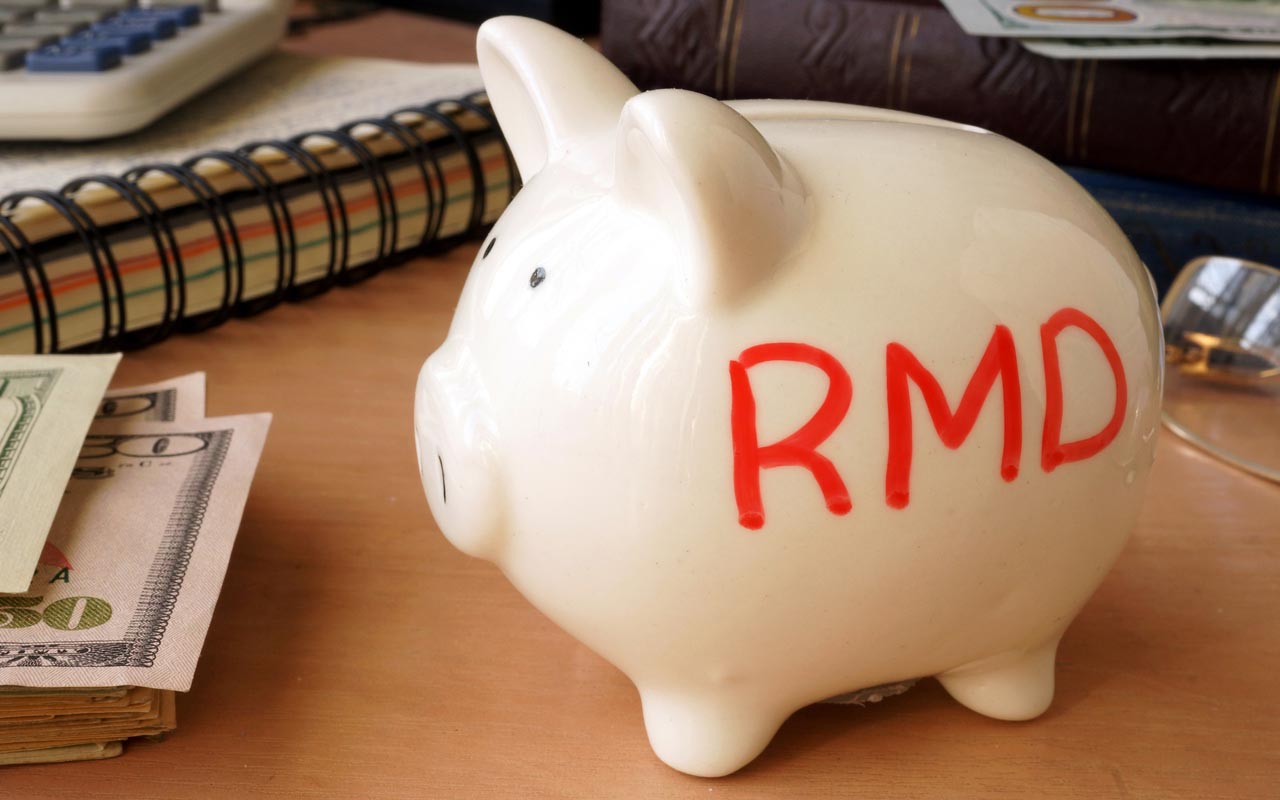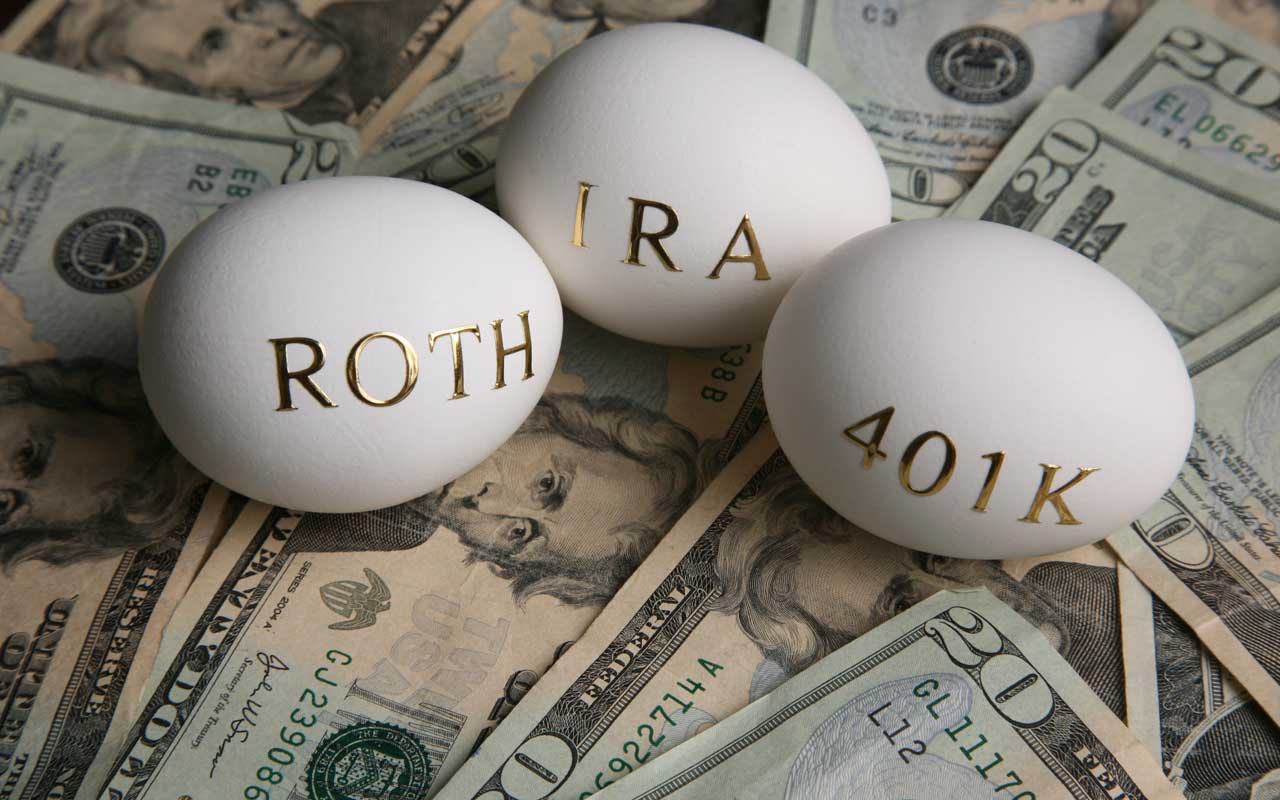5 Tips to Deal With Market Volatility
Down 650 points one day.


Down 650 points one day. Up more than 1,000 points the next. Down 660 points another day. That was the Dow Jones industrial average’s performance just during one recent week.
How should investors handle these market ups and downs? In the short term, just take a deep breath and don’t panic. “Turn off, or at least turn down, the financial talking heads,” says financial planner Paul Fain, with Asset Planning Corp., in Knoxville, Tenn. Longer-term, the following steps can help you make lemonade when the market gives you lemons.

Cash Stash
The best way to protect your portfolio from market blows is to have a cash cushion—ideally three or even five years’ worth of expenses. With enough cash to cover your essential costs, you can ignore market swoons and avoid selling low. It’s best to build up your cash stash before a downturn, but dividends, interest and capital-gains distributions can go into the cash pile when markets are down.
As interest rates rise, aim to score a better return on your cash. You may find the best rates for your savings at online banks and credit unions. Check Bankrate.com and DepositAccounts.com for the latest rates. Other places to park cash: money-market funds, Treasury bills and short-term bond funds.

Rebalance
If market swings have left your investment mix completely out of whack, rebalance to your target allocations. Experts often suggest rebalancing if an allocation is 5% or more off target. Rebalancing requires selling assets that have performed well and buying those that haven’t—which can be hard to do. But when market conditions change, you may find you bought the laggards on the cheap. While preretirees can use new contributions to bring allocations back on target, “following a plan of rebalancing effectively allows [retirees] to enjoy buying at lower prices,” says Mark Smith, a financial planner with Vision Wealth Planning, in Glen Allen, Va.
When rebalancing, consider whether you need to reset your allocations. Has your risk tolerance declined? Do your current allocations still meet your needs? Is your portfolio well diversified? Weigh whether you need to dial down stocks and other riskier investments and increase more-conservative holdings such as bonds. “Market volatility is an excellent time to revisit clients’ risk tolerance, goals and overall financial plans to make sure their goals are supported,” says Sarah Carlson, a financial planner with Fulcrum Financial Group, in Spokane, Wash.

Tax-Loss Harvesting
When reviewing your portfolio, look to harvest any tax losses that can help trim your 2019 tax bill. Investors often harvest losses closer to year-end, but it doesn’t hurt to watch for tax-saving opportunities early in the year. If you decide you want to reinvest in a stock you’ve sold for a loss, wait at least 30 days after the sale. Otherwise, you’ll run afoul of the wash-sale rules, and the loss will be disallowed.

In-Kind Transfers
You don’t have to sell investments when you take required minimum distributions. Instead, you can transfer shares in-kind from the retirement account to a taxable account. The shares’ value on the date of transfer counts toward your RMD. If the market is down, this strategy lets you satisfy the IRS without locking in a loss on your investments. You could do a single in-kind transfer or make the move gradually. If you have a $12,000 RMD, for example, you could transfer $1,000 worth of shares to a taxable account each month.

Convert to a Roth
Your traditional IRA may lose value in a down market, but the tax bill for converting those assets to a Roth will also be lower. If the investments’ value revives after the conversion, all growth in the Roth will be tax-free. Be aware that you can no longer undo Roth conversions; a conversion will increase your taxable income for the year.
Get Kiplinger Today newsletter — free
Profit and prosper with the best of Kiplinger's advice on investing, taxes, retirement, personal finance and much more. Delivered daily. Enter your email in the box and click Sign Me Up.

-
 AI Heads to Washington
AI Heads to WashingtonThe Kiplinger Letter There’s big opportunity for AI tools that analyze MRIs and other medical images. But also big challenges that clinicians and companies will have to overcome.
By John Miley
-
 Ask the Editor: Questions on Amended Returns and Property
Ask the Editor: Questions on Amended Returns and PropertyAsk the Editor: Taxes, April 18, 2025 — Joy Taylor, The Kiplinger Tax Letter Editor, answers questions on amended returns, property and deductions.
By Joy Taylor
-
 What to Do With Your Tax Refund: 6 Ways to Bring Growth
What to Do With Your Tax Refund: 6 Ways to Bring GrowthUse your 2024 tax refund to boost short-term or long-term financial goals by putting it in one of these six places.
By Rachael Green
-
 What Does Medicare Not Cover? Eight Things You Should Know
What Does Medicare Not Cover? Eight Things You Should KnowHealthy Living on a Budget Medicare Part A and Part B leave gaps in your healthcare coverage. But Medicare Advantage has problems, too.
By Donna LeValley
-
 Fed Leaves Rates Unchanged: What the Experts Are Saying
Fed Leaves Rates Unchanged: What the Experts Are SayingFederal Reserve As widely expected, the Federal Open Market Committee took a 'wait-and-see' approach toward borrowing costs.
By Dan Burrows
-
 12 Great Places to Retire in the Midwest
12 Great Places to Retire in the MidwestPlaces to live Here are our retirement picks in the 12 midwestern states.
By Stacy Rapacon
-
 10 Cheapest Small Towns to Live In
10 Cheapest Small Towns to Live InThe cheapest small towns might not be for everyone, but their charms can make them the best places to live for plenty of folks.
By Dan Burrows
-
 15 Reasons You'll Regret an RV in Retirement
15 Reasons You'll Regret an RV in RetirementMaking Your Money Last Here's why you might regret an RV in retirement. RV-savvy retirees talk about the downsides of spending retirement in a motorhome, travel trailer, fifth wheel or other recreational vehicle.
By Bob Niedt
-
 The Cheapest Places To Retire in the US
The Cheapest Places To Retire in the USWhen you're trying to balance a fixed income with an enjoyable retirement, cost of living is a crucial factor to consider.
By Stacy Rapacon
-
 Fed Sees Fewer Rate Cuts in 2025: What the Experts Are Saying
Fed Sees Fewer Rate Cuts in 2025: What the Experts Are SayingFederal Reserve The Federal Reserve cut interest rates as expected, but the future path of borrowing costs became more opaque.
By Dan Burrows
